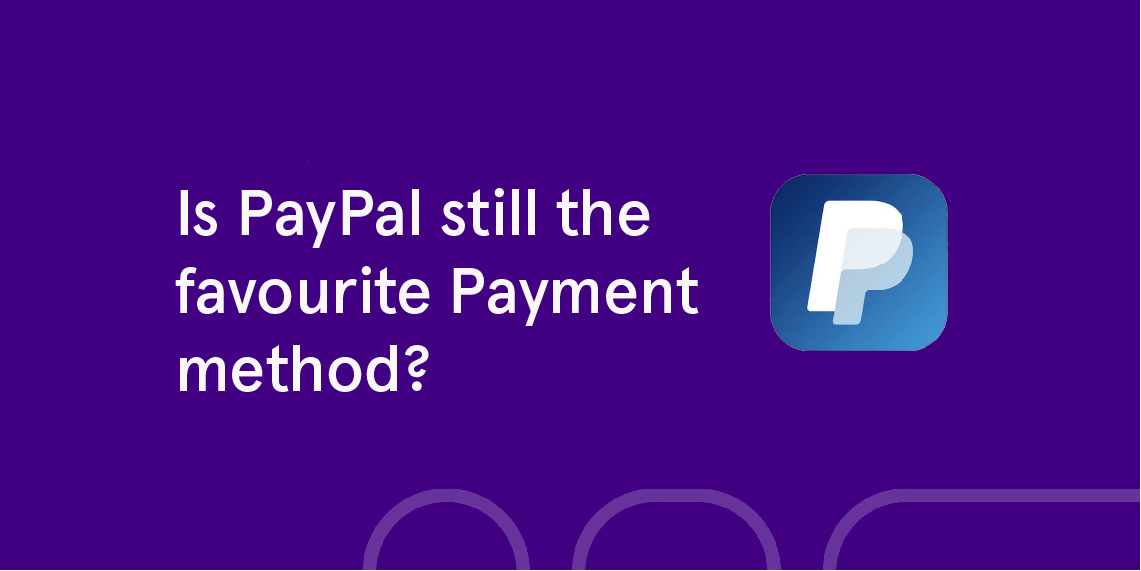Mobile wallets have come a long way. Over the last 20 years we’ve seen increasing adoption of digital and contactless payment methods as we, as consumers, have become used to the convenience and accessibility that e-wallets provide.
The rise of PayPal
The launch of PayPal back in 2000 was one of the earliest successes in digital payment disruption, seeing rapid growth in its first two years and sold to Ebay in 2002 for a whopping 1.5 billion USD. Paypal further grew in the years following the acquisition, reporting 100 million users by June 2010.
However, the 20 years since have seen significant change and consumer habits have shifted. PayPal divested from Ebay in 2014, breaking a partnership which had played a large part in PayPal’s global adoption. Smartphones and the rise of ecommerce have given entry to a whole host of competition for PayPal. Digital giants Apple, Google and Samsung launched their own payment wallets, as consumer trust in mobile payment methods soared.
Digital wallets now make up 44.5% of ecommerce transactions globally and are seeing increased penetration at the point of sale. In December 2020 Google Pay was the most downloaded finance app in the Play store and perhaps more surprisingly the 12th most popular app in Apple’s AppStore 4.
Seismic shifts in consumer behaviour
There is no question that life has changed since the Coronavirus pandemic and as a result the last year has seen our spending habits change dramatically. We’re now at home far more than we’ve ever been, with fewer shopping channel options available to us and as a result, ecommerce spending has seen unprecedented growth.
Where JP Morgan reported just a 6.7% growth in UK ecommerce spending year on year in 2019, for 2020, IMRG reported a huge 38% year on year ecommerce retail sales growth2 - which in growth-rate terms translates to a 467% surge. Which is, quite frankly, game-changing.
The balance of what we buy has also changed. Consumers now spend far more on goods than on services, for example, investing in home improvements, gardening and fitness using the money saved from holidays and eating out. These growth categories have accounted for much of the boom in ecommerce over the last year.
So, how is PayPal doing today?
Quite well it would seem. The pandemic appears to have helped PayPal accelerate usage and grow at an increased rate
During 2020, PayPal acquired 16 million new users, and reached a total of 377 million users globally, with $277 billion in payment volume. Today PayPal is available as a payment option on around 54% of all ecommerce websites and has 28 million merchant accounts. And, around 84% of online shoppers have a PayPal account making it almost as ubiquitous as credit and debit cards - at least in the ecommerce payments world (Source: Merchant Maverick).
As the longest-serving digital wallet, now a trusted household name, PayPal still provides simplicity and convenience for shoppers. That’s why so far, PayPal has firmly kept its place as one of the UK’s favourite online payment methods, second only to those little pieces of plastic we like to carry around.
Learn more about PayPal on Cashflows' Gateway.
